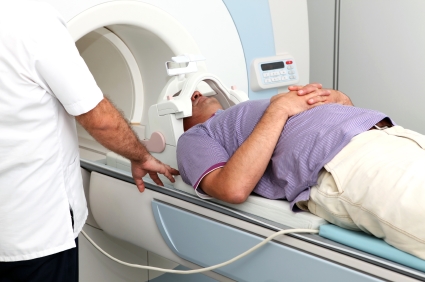Mesothelioma Stages
The Stages of Mesothelioma Cancer Are Key to Your Treatment
Your treatment for mesothelioma begins after your doctors perform a clinical task known as staging.
According to the National Cancer Institute, staging helps doctors map out a suitable course of treatment for you. It also lets them offer you a dependable prognosis.
In addition, staging helps doctors determine whether you might benefit by enrolling in one or more appropriate clinical trials.
And staging ensures that all the clinicians and researchers who are part of your care team speak a common language when discussing your case among themselves and with other colleagues.
Mesothelioma Staging Characterizes Severity

- Primary tumor location
- Cell type
- Size of the primary tumor
- Tumor count
- Distance of tumor spread
- Nearby lymph-node involvement
The Stages of Mesothelioma
Stage IV
Mesothelioma in this category is so far advanced that it cannot be surgically removed. Unfortunately, the other forms of treatment usually have little effect against it. In Stage IV, the cancer has probably traveled to your lymph nodes, diaphragm, abdominal lining, chest wall, spine, heart lining, heart muscle, brain, thyroid, prostate, one or more ribs, or some combination of these.Stage III
In this advanced stage, the mesothelioma has taken hold on only one side of your body — not both, as it will in Stage IV — and it is not as widespread. The farthest the cancer extends is the linings of the chest cavity, diaphragm, lung and heart; diaphragm muscle; the lung itself; and the lymph nodes near the chest and throat. Surgically removing at least some, although not most, of the cancer may still be possible.Stage II
Although this is an advanced stage, surgery still should be possible to remove much (but not all) of the cancer. In this stage, mesothelioma affects mainly the lining of the chest wall lung, or diaphragm, or a combination. It may also have stretched to the diaphragm muscle, the lung itself, or both.Stage I
Mesothelioma is most successfully treated during Stage I, which is divided into two substages. In Stage IB, the cancer shows up in the same places as in Stage II, but has not made its way to the diaphragm muscle or lungs. In Stage IA, it also shows up in those areas but the cancer has not spread to the lung lining.How Mesothelioma Staging Is Performed

Mesothelioma staging is accomplished mainly by conducting imaging tests. MRI (magnetic resonance imaging) and proton emission tomography (PET) scanning are the types of radiology studies doctors most often order for this purpose. Less common is laparoscopic thoracoscopy. Other insights come from physical exams, lab tests, and biopsies.
The mesothelioma staging steps your doctors follow are spelled out in one of several different classification systems. The most common staging methodology is called TNM. TNM staging evaluates the size and invasiveness of the original tumor (T), the amount of lymph node (N) involvement, and the presences of metastases (M).
While staging always occurs during the diagnostic phase, it almost surely will be performed at many other intervals throughout your care. This lets doctors properly track the progress of the disease and adequately gauge the effects of treatment.
What It Means to Have Different Stages
Luckily, hundreds of researchers have spent years developing different treatment programs — some designed for stage I patients, and some designed for late stage IV patients. You can read more about these programs on our site, and we can even help you connect with treatment centers.
